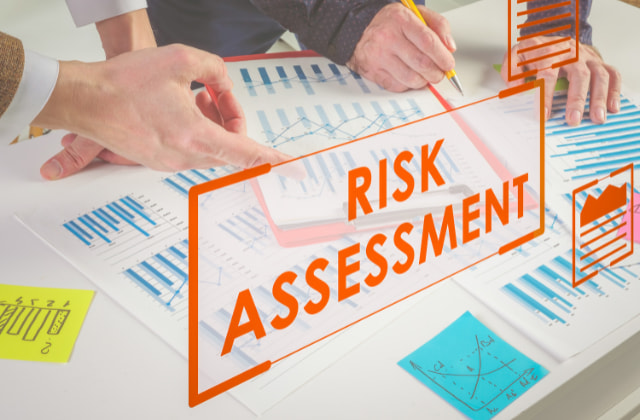Exploring the Growing Importance of Risk Management in Organizational Strategy
Exploring the Growing Importance of Risk Management in Organizational Strategy
Blog Article
The Importance of Understanding the Value of Risk Management in Different Industries

The Core Principle of Risk Management and Its Purpose
Risk Management, the keystone of several industries, pivots on the recognition, evaluation, and mitigation of unpredictabilities in an organization atmosphere. By properly determining potential risks, businesses can create strategies to either avoid these risks from occurring or reduce their impact. As soon as threats have actually been identified and evaluated, the reduction procedure includes developing methods to minimize their potential impact.
Advantages of Implementing Risk Management in Service Workflow

Unveiling the Function of Risk Management in Different Industries
While every sector challenges its unique set of dangers, the application of Risk Management techniques continues to be an usual in their search of sustainability and growth. In the healthcare sector, Risk Management requires ensuring patient safety and information security, while in financing, it includes mitigating financial investment threats and making certain regulatory compliance. Ultimately, the duty of Risk Management throughout industries is navigate to this website to recognize, analyze, and minimize dangers.
Real-life Case Researches Showing Successful Risk Management
To understand the value of Risk Management in these many markets, one can look to a number of real-life instances that highlight the effective application of these actions. Toyota, upload the 2011 quake in Japan, revised its supply chain Management to decrease disruption threats. These instances show exactly how industries, learning company website from crises, successfully applied Risk Management techniques to lower future dangers.
Future Trends and Growths in Risk Management Strategies
Cybersecurity, as soon as a peripheral worry, has catapulted to click resources the forefront of Risk Management, with techniques focusing on discovery, action, and avoidance. The assimilation of ESG (Environmental, Social, Administration) aspects into Risk Management is one more growing pattern, reflecting the boosting acknowledgment of the role that social and ecological threats play in organization sustainability. Thus, the future of Risk Management exists in the fusion of innovative innovation, cutting-edge approaches, and an alternative strategy.
Conclusion
In final thought, understanding the importance of Risk Management throughout a range of sectors is crucial for their longevity and success. Ultimately, effective Risk Management contributes to more sustainable and resilient organizations, highlighting the relevance of this technique in today's vibrant and extremely competitive business setting.
While every sector confronts its unique set of dangers, the execution of Risk Management methods stays a typical denominator in their pursuit of sustainability and development. In the health care market, Risk Management entails guaranteeing client safety and information defense, while in money, it entails mitigating investment risks and guaranteeing regulative conformity. Eventually, the role of Risk Management across markets is to identify, examine, and mitigate threats. These cases show exactly how industries, learning from situations, properly used Risk Management strategies to lower future dangers.

Report this page